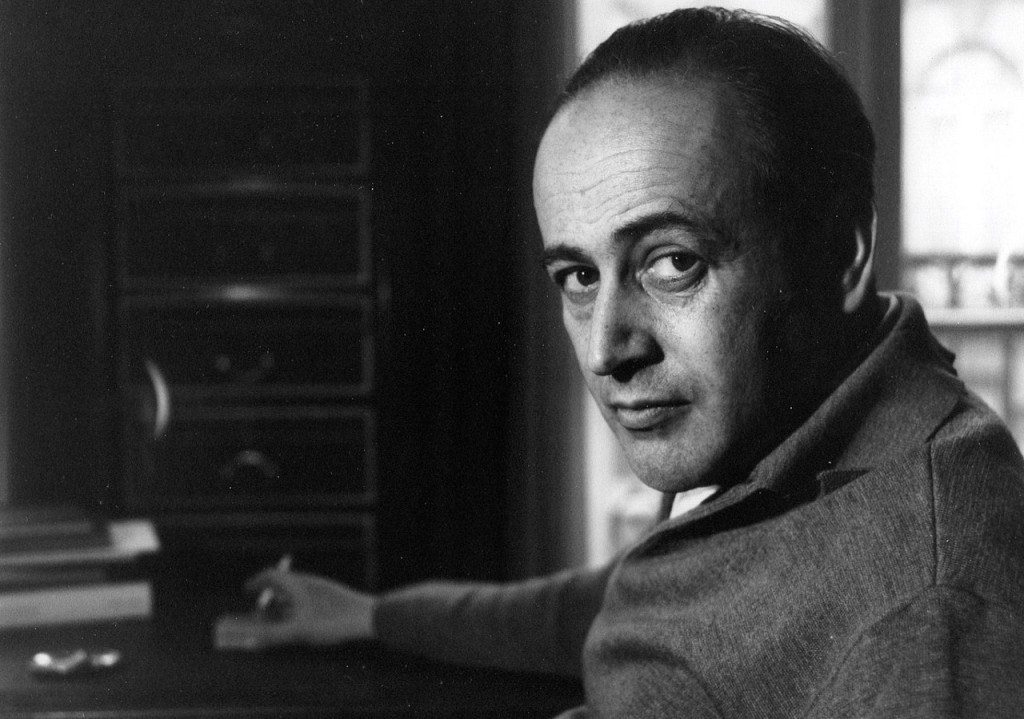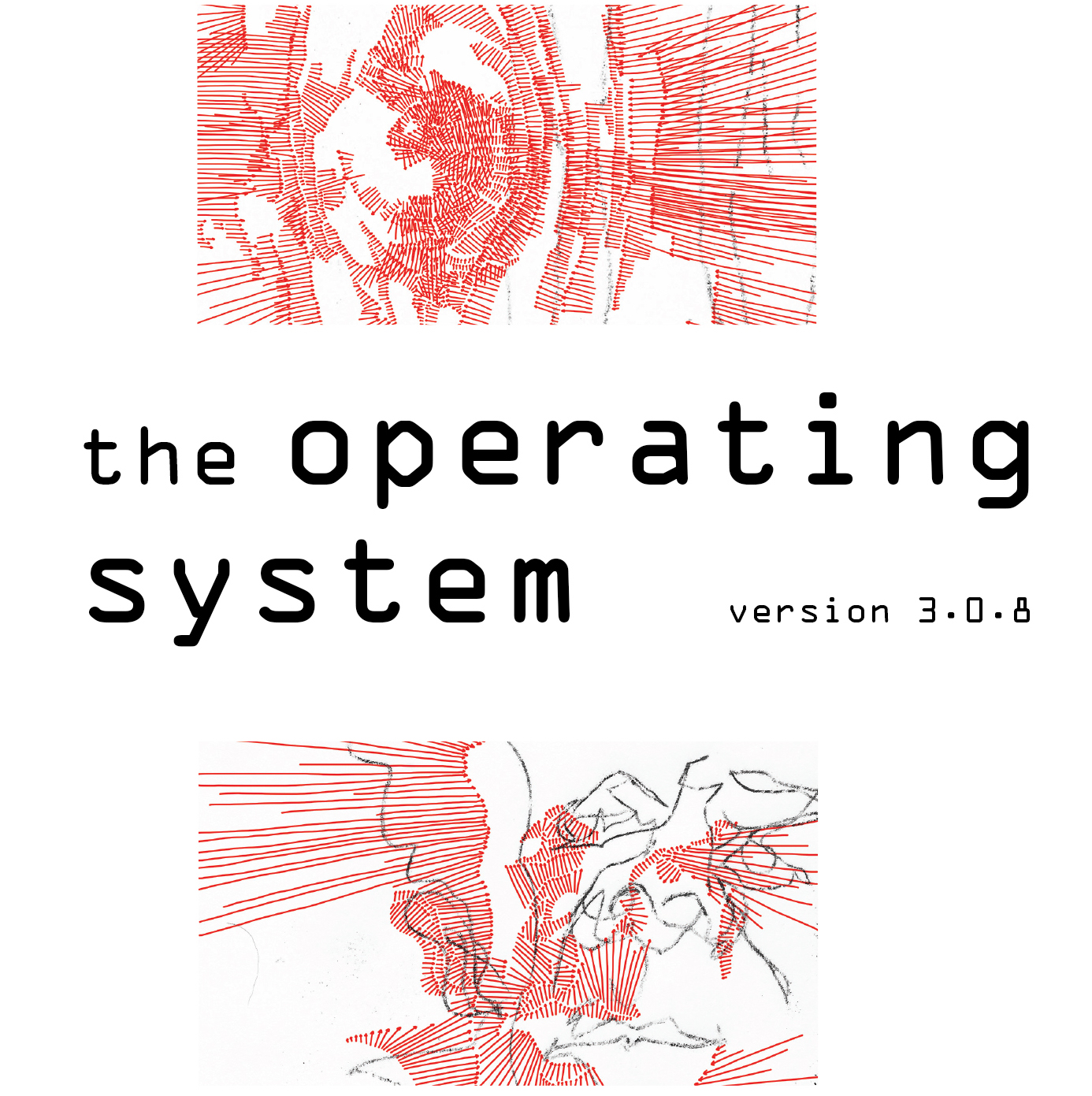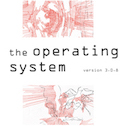4th Annual NAPOMO 30/30/30 :: Day 20 :: Peter Longofono on Paul Celan

Much—much—has been written on Paul Celan, one of those writers around whom there exists a thick and (at times) stultifying mantle of commentary. I’m going to stab at a personal reflection here, though I may be inclined to borrow ideas from his worthy translators. I don’t pretend to their scholarship, grasp of German, or reputation; nevertheless it’s a necessary gesture for me. And leading even one person to clearsighted scrutiny of his talent is motivation enough.
Celan constitutes, to me, four poetic vehicles/lenses over the course of his lifetime and reception:
[box]
(1) The expansive, succulent Surrealist
(2) The dedicated student of Romance literatures
(3) The meticulous philosopher of notion and attitude, and finally
(4) The stark, grief-stricken, uncompromising alchemist of words
[/box]
Numbers three and four twine together in much of his later work, which interests me most; it’s the most nutritious, faceted, thickly paradoxical poetry I know. To lay out his entire biography here, the gears and levers which yielded his mature style, would take far too long. Suffice it to say that his work grapples tirelessly with the horror and shame of the Holocaust; note that I don’t say that trauma yielded its characteristic difficulty, or even that he himself perceived them as intrinsically difficult. It would take a more robust intellect than mine to pin down exactly why. I myself, to reiterate, find the later poems bursting with honed insight on the human condition, which quality more than offsets any troubles I’ve had in actually parsing them.
Some remarks of his to set the tone, commonplace-style, before I proceed—primarily from his keynote prose work, The Meridian, as translated by Marjorie Perloff:
[articlequote]Reality is not simply there, it must be searched for and won.” [/articlequote]
[articlequote]It is very common today to complain of the ‘obscurity’ of poetry […] this obscurity, if it is not congenital, has been bestowed on poetry by strangeness and distance (perhaps of its own making) and for the sake of an encounter. But there may be, in one and the same direction, two kinds of strangeness next to each other.” [/articlequote]
[articlequote]The poem intends another, needs this other, needs an opposite. It goes towards it, bespeaks it.” [/articlequote]
[articlequote]Enlarge art? No. On the contrary, take art with you into your innermost narrowness. And set yourself free.”[/articlequote]
What Celan is doing here, and what he does outstandingly in his poems, gives the lie to certain ideas about what poems can or should accomplish. He speaks again and again of moving in, moving towards, searching ceaselessly, encounters, proximity. I take this as a panacea for more self-indulgent modes in poetry: he asks us to rescue the Other rather than exalt the Self. Against diary-keeping and over-disclosure he prescribes the ineluctably real. He asks us not to stop at confessionalism, though it’s a necessary chapter and even one to which we must periodically return; he says: shorten, distill, cramp, thin, and compact your lines into what is, the difficulty and assault of the directly perceived.
My mantra in approaching Celan is this: the Reader brings nearly as much to the page as he does (this is a mode of encounter). Two kinds of strangeness, the Author’s and the Reader’s. In the space of the poem, they mingle, do battle, and exchange forces.
In his time, he fervently rejected the label ‘hermetic’ for his poetry; given his roving engagement, his discipline, his resolve to shatter the German language from the inside, it’s no wonder the term insulted him. It is a poetry which thoroughly disproves Adorno’s famous “no poetry after Auschwitz” pronouncement (to be fair, Adorno himself spent many a year requalifying that).
So how do the poems work? Permit me to autopsy two of his (exceedingly) brief works, emblems of his later style, reproduced in their entirety here (English translations by Michael Hamburger):
[box]
Grosse, glühende Wölbung
mit dem sich
hinaus- und hinweg-
wühlenden Schwarzgestirn-Schwarm:
der verkieselten Stirn eines Widders brenn ich dies Bild ein, zwischen die Hörner, darin,
im Gesang der Windungen, das Mark der geronnen
Herzmeere schwillt.
Wo-
gegen
rennt er nicht an?
Die Welt is fort, ich muß dich tragen.
[line]
Vast, glowing vault
with the swarm of
black stars pushing them- selves out and away:
on to a ram’s silicified forehead I brand this image, between the horns, in which,
in the song of the whorls, the marrow of melted heart-oceans swells.
In-
to what
does he not charge?
The world is gone, I must carry you.
[/box]
This is, ultimately, an address to the you, but see how he delivers it: his images begin vast and cosmic, yet wind down to the infinitesimal, just the I and the you. Central to perceiving (I don’t say understanding) the action here is that winding/whorling/burrowing/pushing action, the poem’s recognition of and endorsement of the selfsame act by the Reader in plumbing these very words. “This image” we interpret as both the first stanza holistically and the image of the ram, the branded, sacrificial centerpiece of this pulsing work. “Between the horns,” at the most dangerous and vulnerable juncture, a helpless “song […] swells.” The ram, too, pushes in—or, more resonantly in the original, “charges,” even: rams…he is his own action, he accuses the deliberate and ritual-prone Human by being completely unlike, by being the doomed vessel in which the image/poem propagates.
Going further, we can extract the shofar from all this ram-talk—the quintessential Jewish horn, traditionally harvested from the skull of a ram and instrumental in the downfall of Jericho, the mourning of the destroyed temple, and the highest holy days of the ecclesiastical year. One wonders, also, whether Revelations plays in here at all: the sign on the forehead, the trumpeting, the lamb, melting oceans, etc. The world, after all, is gone (the German connotes remoteness, distance). With fury and no small righteousness, the I in the poem proceeds impenetrably to shoulder the you, stand-in for all manner of objects. It is the lamb about the shepherd’s shoulders, the image and silicification, and the sacred shofar still blasted by the pious.
[line]
[box]
Die Ewigkeiten fuhren
ihm ins Gesicht und drüber
hinaus,
langsam löchste ein Brand
alles Gekerzte,
ein Grün, nicht von hier,
umflaumte das Kinn
des Steins, den die Waisen
begruben und wieder
begruben.
[line]
The eternities struck
at his face and
past it,
slowly a conflagration extinguished
all candled things,
a green, not of this place,
with down covered the chin
of the rock which the orphans
buried and
buried again.
[/box]
Just one more Celan quote to set the scene: he conceived of his poems as “an I clarifying itself in the process of writing,” an idea which, as Anne Carson and Mark Glanville point out, failed to rescue him from his despair. “Not” may very well be the crux of the man, the fulcrum on which his poems and eventually his life depended; a known devotee of Judaic apophatic theology (that is, theology which defines God by negation instead of affirmation) among other mysticisms, Celan gives us here a foreboding taste of the “not” which drove him to suicide.
In, again, an apocalyptic scene, a devastatingly negative energy strips all trace of the Human from the poem. “The eternities” aren’t slowed by the third-person witness. In fact, if we also read the alternate meaning of “Gesicht,” vision, they eclipse even the capacity to be perceived. There’s eldritch horror in using the noun for immortality to bludgeon this hapless “him,” indeed obliterating any mention of the character thereafter. And then look what happens next: conflagration itself is what undoes the Essential Fire, the flickering Soul and all its attendant candles of remembrance and ritual (a theme emerges here: very little, in Celan’s estimation, of human mythmaking and symbol-preserving can withstand such nullifying dread). What’s more, it’s done “slowly”—no great rush or respect accompanies the decline of what is, of all that’s ever been.
I have Andreas James Ado Michael’s PhD thesis to thank for perhaps the most earthshattering Celan moment in this or any poem, in my experience (there will be more, no doubt): in German, “Stein der Weisen” means “philosopher’s stone”—how perfectly apt, and how perfectly sneaky! The final and supremely odd image is of this peach-fuzzed stone, this rarest artifact of pre-Modern Western thought, anthropomorphized for the sole purpose of enduring increasingly meaningless burial. Celan even explicitly severs it of any life-giving connotations: the “green, not of this place” could not possibly stand as a token against the act. It’s a Lovecraftian green. The (alternately) orphans/ philosophers, one feels, can’t do a thing about their staged farce—nor, chillingly, would they want to. Then what of “him” who watches? What of the Reader?
[line][line][textwrap_image align=”left”]http://www.theoperatingsystem.org/wp-content/uploads/2015/04/rsz_peter2-e1429552798914.jpg[/textwrap_image]Peter Longofono received his MFA from NYU, where he edited international content for Washington Square Review and served as a Goldwater Fellow. His poems and criticism have appeared or are forthcoming in H_NGM_N, The Bakery, Luna Luna Magazine, tenderloin, and Coldfront. He lives in Brooklyn. Peter will chat with us about Celan LIVE on the 28th for GROUP HUG! at Mental Marginalia. Join us!
[line] [h5]Like what you see? Enter your email below to get updates on events, publications, and original content like this from The Operating System community in the field below.[/h5] [mailchimp_subscribe list=”list-id-here”] [line] [recent_post_thumbs border=”yes”]


